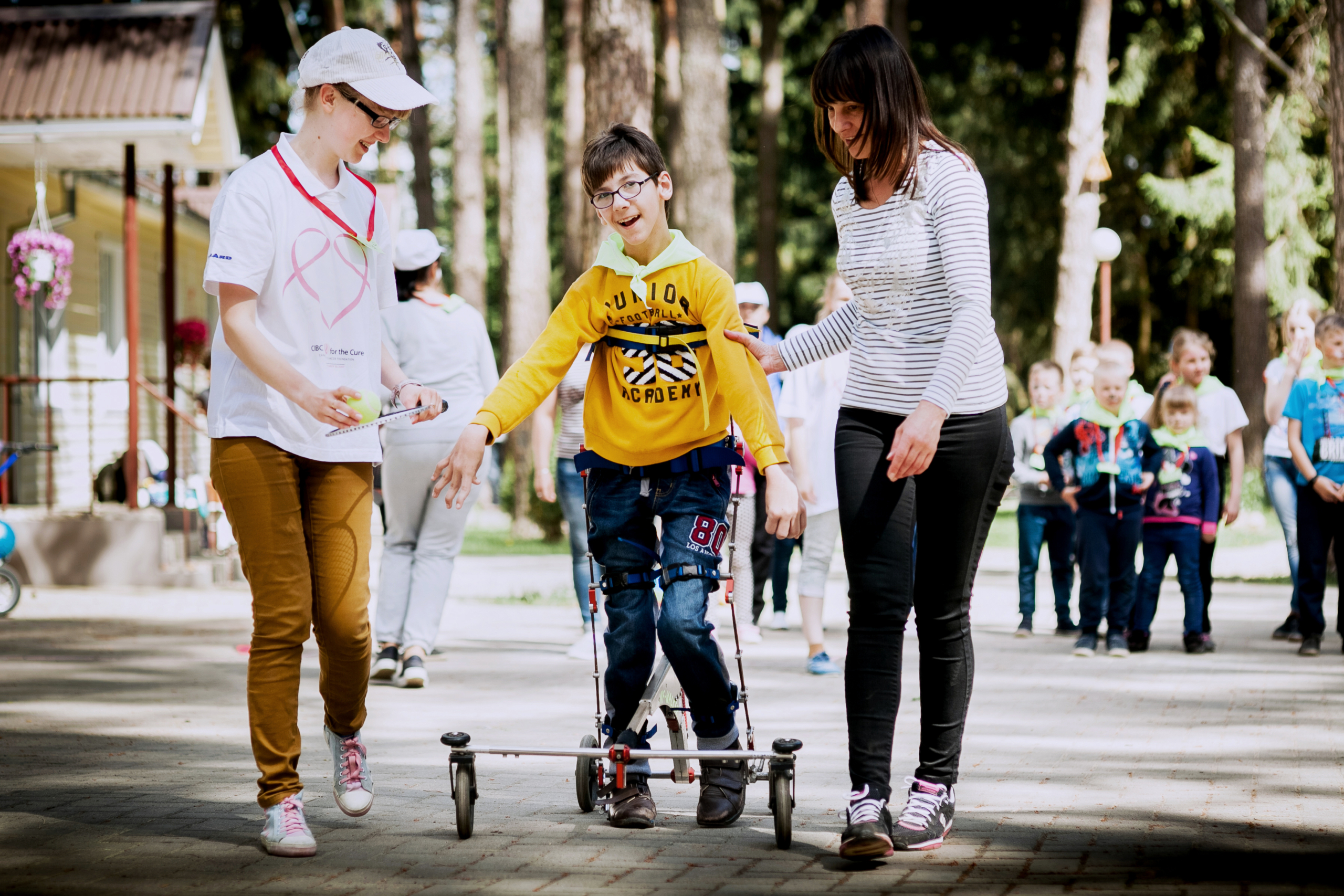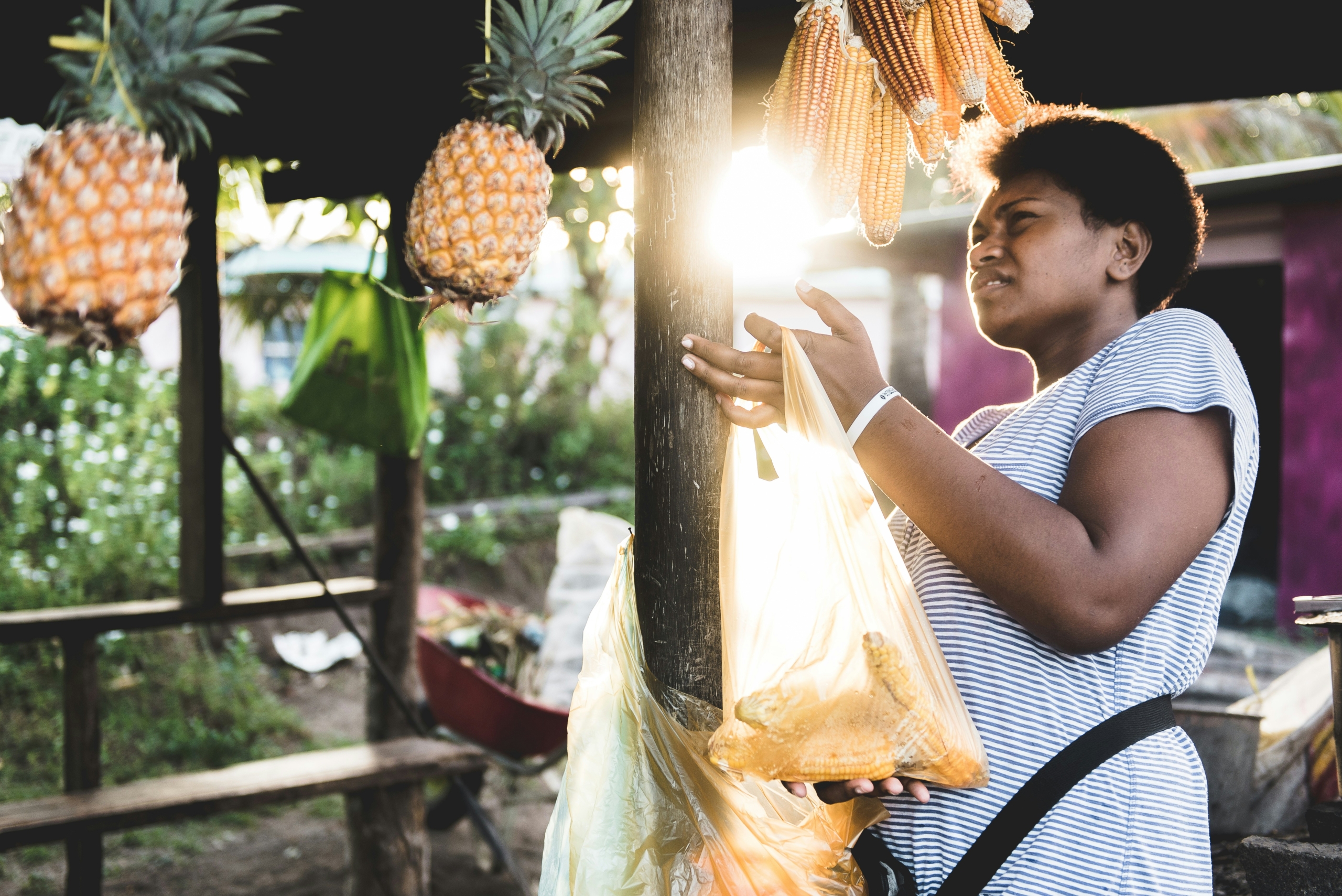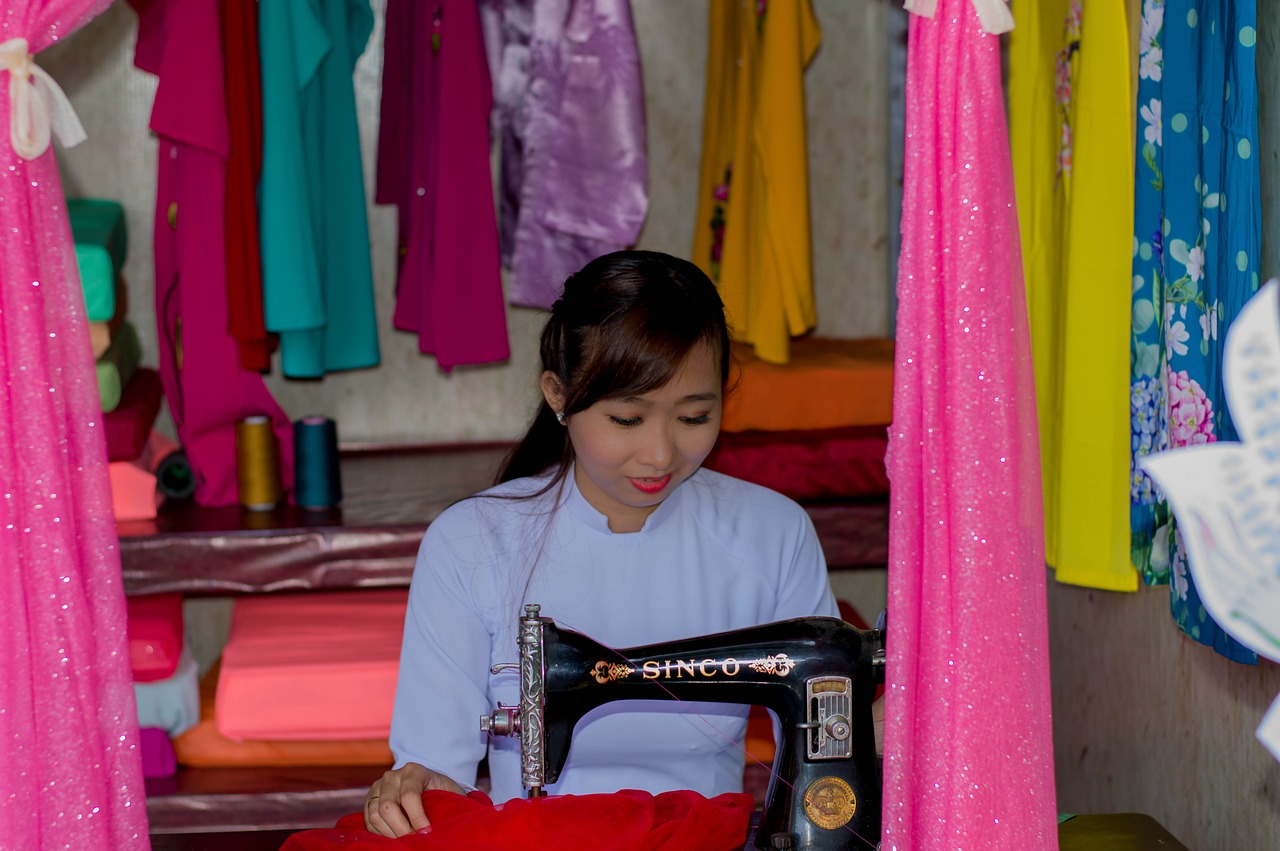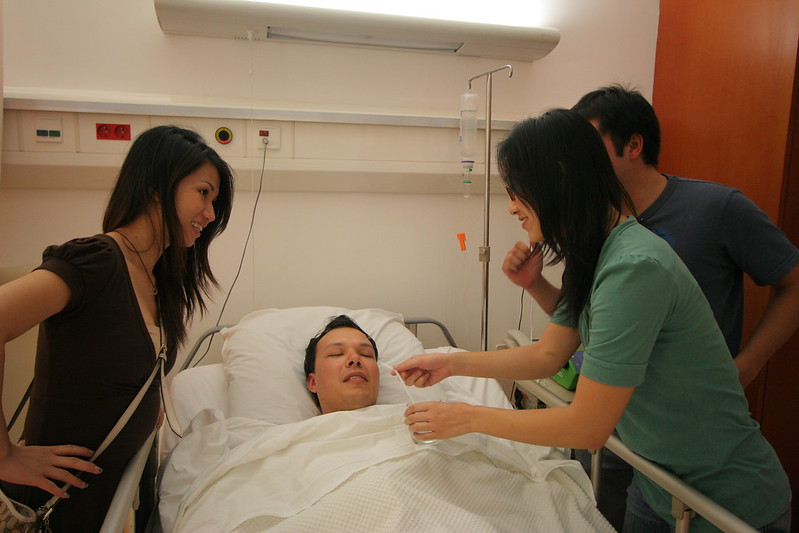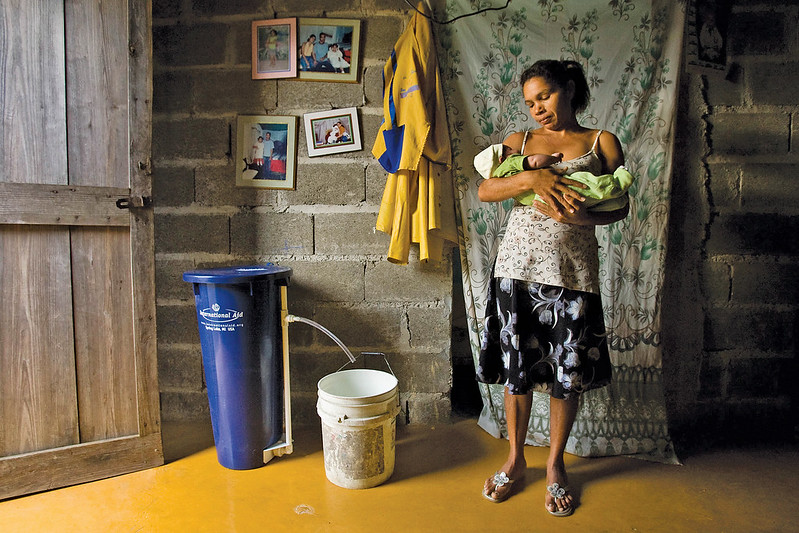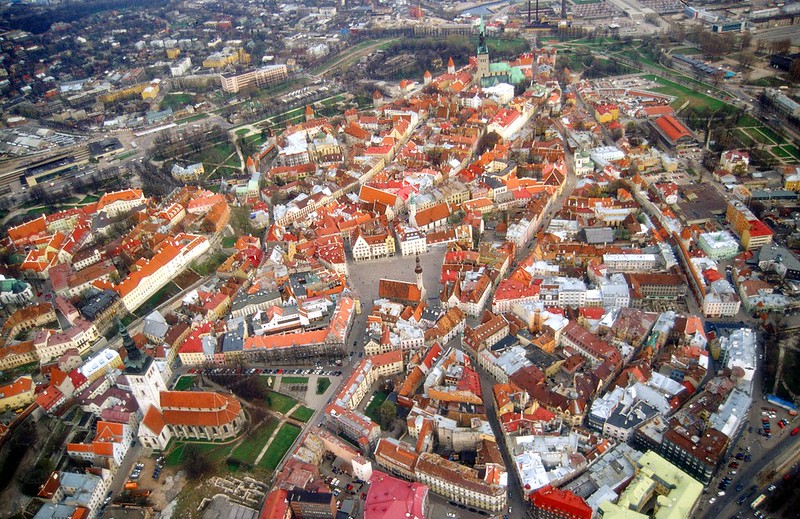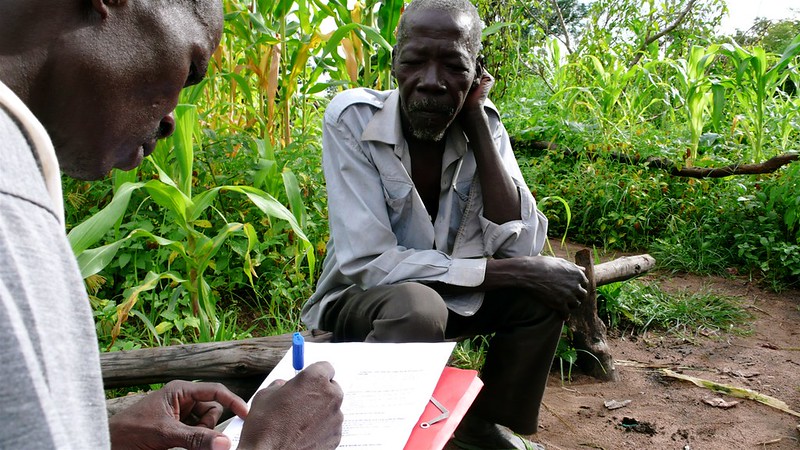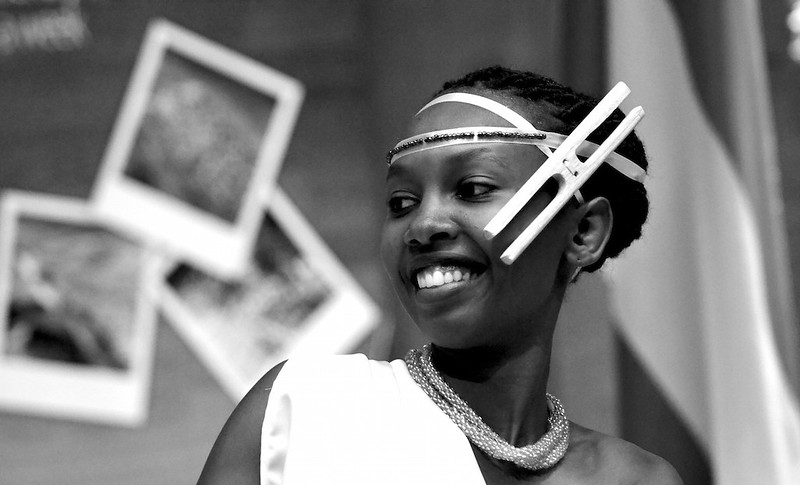 Rwanda is a small landlocked country in East Africa that has remarkably reduced extreme poverty from 40% to 16% since 2000. However, as a young country with 45% of the population under the age of 18, childhood poverty remains a significant challenge. To recognize the efforts of those working to alleviate poverty in Africa, the “Move Afrika: Rwanda” concert was held at Kigali’s BK arena on December 6, 2023.
Rwanda is a small landlocked country in East Africa that has remarkably reduced extreme poverty from 40% to 16% since 2000. However, as a young country with 45% of the population under the age of 18, childhood poverty remains a significant challenge. To recognize the efforts of those working to alleviate poverty in Africa, the “Move Afrika: Rwanda” concert was held at Kigali’s BK arena on December 6, 2023.
Poverty in Rwanda
Despite significant efforts and successes in reducing poverty in Rwanda, the challenges for children and their families remain substantial. Of 1,000 children born in Rwanda, 50 do not survive to 5 years old. Moreover, 75% of these deaths come in the first months of life. While chronic malnutrition has declined, poor water quality and access to hygiene facilities still leave children suffering from stunting and low birth weight. This challenge is compounded by the fact that only 64% of households have their own latrine and 5% have hand-washing facilities with soap and water.
In terms of education, 13% of children are enrolled in early education, with a large disparity weighted against children living in rural areas compared to urban ones–a common trend when analyzing child poverty rates globally. Despite these challenges, poverty reduction efforts in Rwanda merit celebrating and supporting further. Hence, the American creative communications company pgLang, in partnership with Grammy Award winner Kendrick Lamar, the Rwanda Development Board and Global Citizen, imagined an original music event for the region.
Move Afrika: Rwanda
“Move Afrika: Rwanda” supports an advocacy campaign that urged world leaders to make bold pledges on significant issues, aiming to reduce poverty in Africa. The campaign focused on key areas such as increasing resources for health campaigns that particularly benefit women and young girls, addressing food scarcity within the continent and providing greater access to economic opportunities. During the event, local communities were supported with training to support the concert. This included stage management and security skills training. Furthermore, Rwandan culture was front and center, with traditional Agaseke peace baskets a focal point on the stage. These were crafted by 20 artisans from the Nyamirambo Women’s Centre.
In celebrating those people fighting to reduce poverty in Rwanda, the works of nonprofits and civil society workers who came together in nationwide community service to plant more than 1,000 trees on Mount Rebero were recognized. In attendance also were 30 health care workers who were allowed to highlight their work in health equity and access. Move Afrika has also made a lasting pledge to continue to support local entrepreneurs and help them access longer-term job opportunities in the future. By giving internationally recognizable performers such as Kendrick Lamar a platform, Move Afrika is exposing countries like Rwanda to fighting poverty with international support.
The Future of Move Afrika?
“The Move Afrika: Rwanda” music tour was a success. So much so that it will be repeated next year; this time, it will be held in Ghana. Ghanaian President Nana Akufo-Addo said, “Global Citizen is known for leveraging live music events to engage youth while creating social and economic impact. Today, we celebrate this milestone for Ghana.”
“We look forward to future announcements on this growing cohort of Move Afrika destinations,” he added. With Move Afrika at the beginning of its journey to reduce poverty in Africa, there is no telling where this innovative and engaging project will end up.
– Thomas Field
Photo: Flickr
